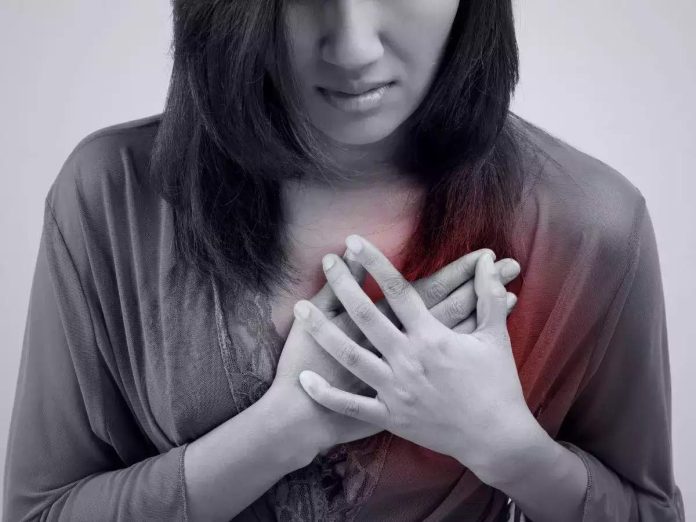The American Heart Association (AHA) has issued a new scientific statement outlining the different causes and symptoms associated with heart attacks in women and men.
“Despite stunning improvements in cardiovascular deaths over the last decade, women still fare worse than men and heart disease in women remains underdiagnosed and undertreated, especially among African-American women,” co-author Laxmi Mehta, MD, a cardiologist and director of the Women’s Cardiovascular Health Program at Ohio State University, said in an AHA news release.
According to the AHA, cardiovascular disease is the leading cause of death in American women. Coronary heart disease affects 6.6 million women a year, Mehta told The Washington Post. “Women fear breast cancer more than they fear heart disease. But the numbers show that far more women die of heart disease,” she added.
Heart attacks are caused by blockages in the arteries leading to the heart. Although this can occur in both men and women, the way a blood clot forms in women may differ. Compared to men, women can have less severe blockages that don’t require a stent, but the heart’s coronary artery blood vessels are still damaged, resulting in decreased blood flow to the heart.
The circumstances are different, but the results are the same. When blood flow is decreased a heart attack can occur.
Compounding the problem is the fact that heart attack symptoms in women can vary from those in men and often go unrecognized until it is too late. Both men and women can experience the chest pain most commonly associated with a heart attack. However, women are more likely to have atypical symptoms, including shortness of breath, nausea and vomiting, and back or jaw pain.
“Most women will have some kind of discomfort in the chest when they are having a heart attack but it may not feel like they expect it to feel,” Harmony Reynolds, MD, a cardiologist at New York University Langone Medical Center, told CBS News. “But there is usually discomfort somewhere else in the chest area and/or in the neck, jaw, the back, the upper stomach. It can even be in either arm or shoulder.”
In addition, women face more treatment complications, especially from attempts to increase blood flow because their blood vessels tend to be smaller. They also have higher rates of risk factors, including diabetes and high blood pressure. According to the statement, if a young woman has diabetes, her risk for heart disease is 4 to 5 times greater when compared to young men.
The AHA noted that guideline-recommended medications are consistently underutilized in women leading to worse outcomes. “Men and women may benefit from the same medications, but because women’s disease may be more subtle, they may be misdiagnosed and not be treated as often,” Suzanne R. Steinbaum, DO, director of Women’s Heart Health at Lenox Hill Hospital in New York City, told CBS News.
Nor are women prescribed rehabilitation after a heart attack as frequently as men. And even when it is prescribed, women are less likely to participate in it or complete it.
The statement also pointed to existing racial disparities. Compared to white women, black women have a higher incidence of heart attacks in all age categories and young black women have higher in-hospital death rates. Black women are also less likely to be referred for important treatments such as cardiac catheterization.
“There’s a void and a need. Women need to understand that their hearts are different, their treatments are different. Finally, the medical establishment is noting that maybe we have to be more aggressive about taking care of our women,” said Steinbaum.








